
If you bought a car with a high fuel efficiency, but you think your car consumes more fuel than you expected, it's time to start a 'Fuel Efficiency Diet' to fix your bad driving habits, rather than trying to find cheaper gas stations.
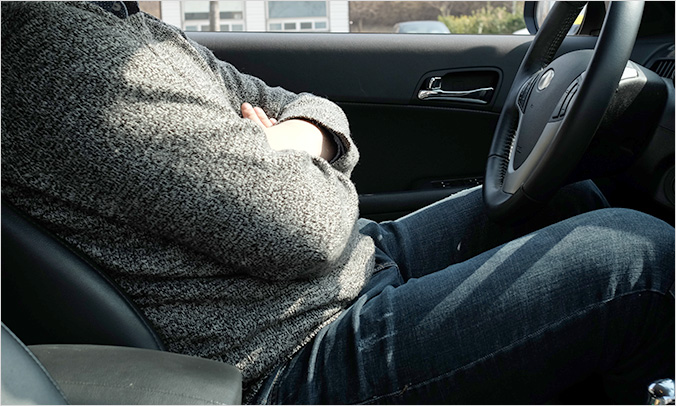
Do you usually idle your car to preheat your car engine when the vehicle is not in motion? If you drive slowly while preheating the engine rather than idling your car not in motion, you can actually reduce fuel consumption. Preheating your car is important not only for the engine but also for all driving systems, but it’s a better preheating method to drive slowly at a speed that reaches 20km/h in approximately 5 seconds, rather than preheating your car when not in motion. Preheating the entire driving systems of your car will take 30 seconds to 1 minute after starting your car. So, don't forget to drive your car slowly, rather than idling it!
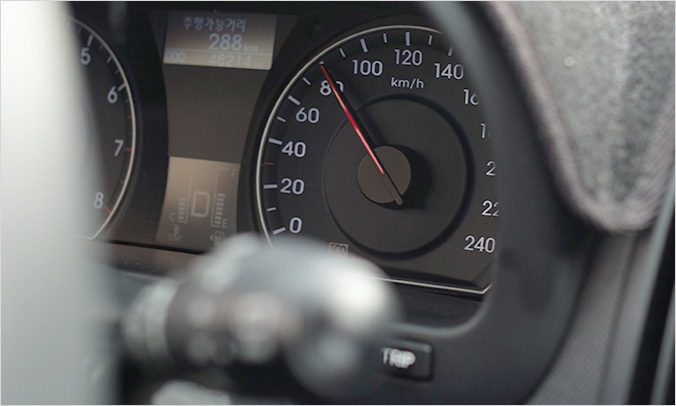
Most of you know that rapid starts and stops reduce fuel efficiency. You can save your monthly fuel expense by 30% simply by maintaining a consistent driving speed. If you drive at an average speed of 80-100km/h, you can raise the average fuel efficiency of your car by 2km compared to when you drive faster at over 120km. Changing speed slowly can even improve the fuel efficiency of your car, so make it a habit not to rush when you are driving for better fuel efficiency.
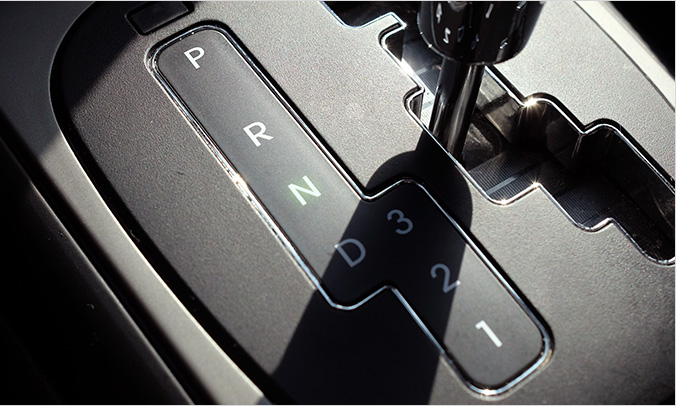
When you drive in downtown areas, you are stopped an average of 63 times at traffic lights each day. If you put the transmission in neutral instead of drive mode each time you come to a standstill, you can reduce fuel consumption by approximately one quarter. This is because your car doesn't need to consume fuel for moving forward when the transmission is placed in neutral. Even in a vehicle with automatic transmission, you can save fuel if you put the transmission in neutral when stopped at traffic lights, rather than pushing the brake pedal.
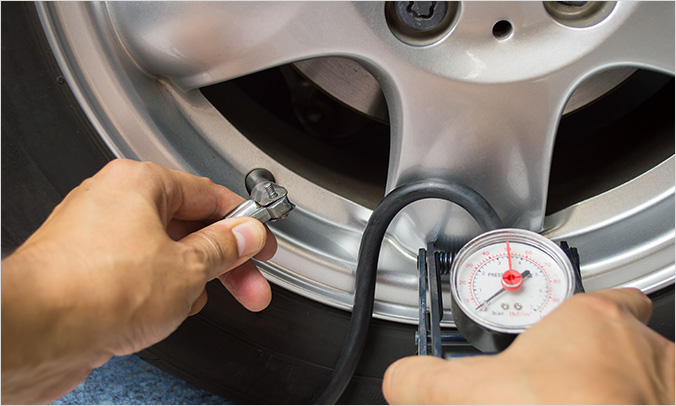
Everybody knows that tire pressure affects fuel efficiency. Maintaining a good tire pressure can save on fuel cost by 10,000 won every month. This is because whenever tire pressure decreases by 10%, fuel efficiency is cut by 1.5%. New tires naturally lose air by 3% a month, and 20% per 6 months. So, you can improve fuel efficiency by checking tire pressure periodically.
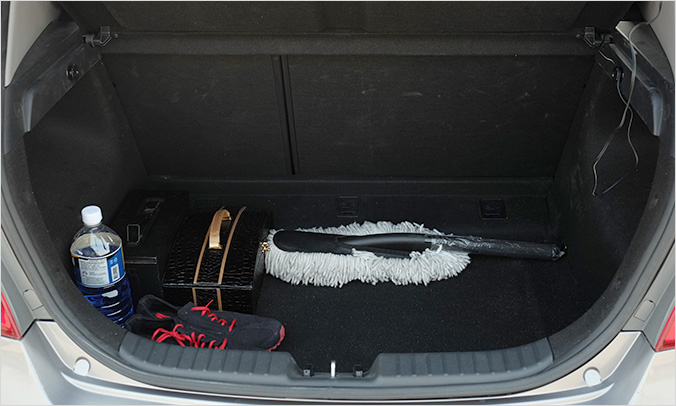
The trunk of your car is an indispensible part of your fuel efficiency diet. The lighter your car, the better fuel efficiency it has. So, you can improve the fuel efficiency of your car by making sure there is no unnecessary luggage inside the trunk. Don't forget to arrange your car trunk for a fuel efficiency diet.
For better fuel efficiency, you need not only to choose a vehicle with good fuel efficiency, but also adopt good driving habits. If you have a bad habit that increases fuel consumption, it's time to drive smarter for 'well driving', which will reduce any unnecessary consumption of fuel. 